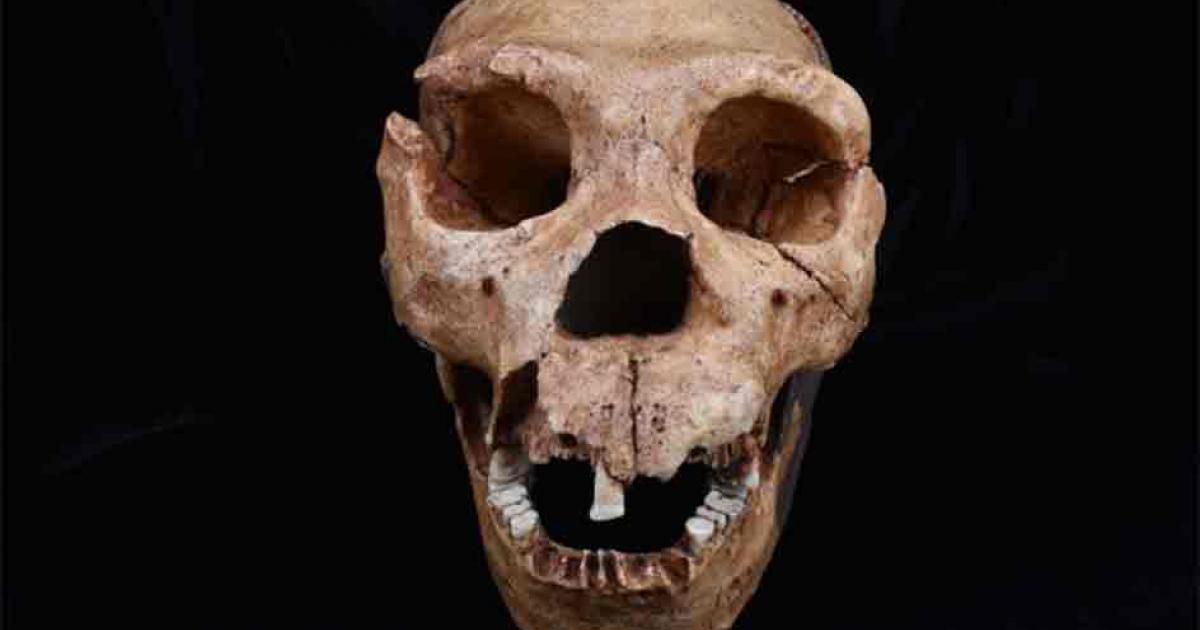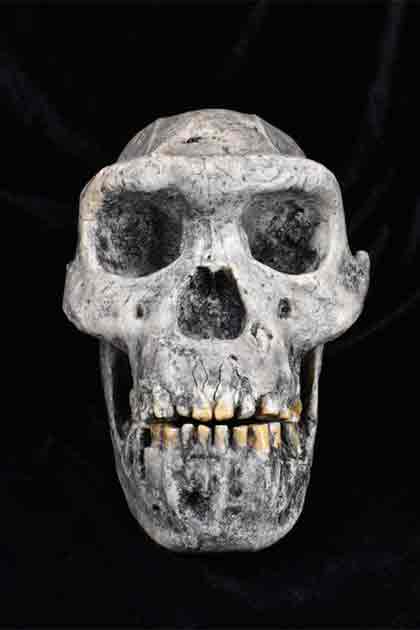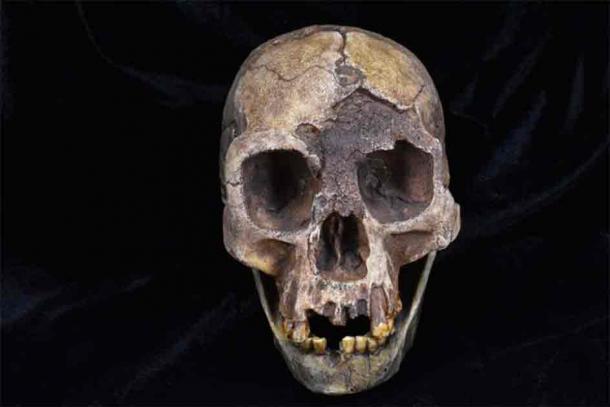Cambridge University Uncovers a Strange Pattern
A groundbreaking study from the University of Cambridge has revealed an unusual evolutionary pattern in the Homo lineage, challenging traditional views on the rise and fall of early human ancestors. Published in Nature Ecology & Evolution, the research suggests that interspecies competition played a crucial role in shaping our evolutionary path, creating a “bizarre” twist unlike anything else in nature.

Competition: The Driving Force
While climate has traditionally been seen as the main factor influencing hominin species’ emergence and extinction, this study highlights the importance of interspecies competition—a concept well-established in vertebrate evolution but often overlooked in human ancestry.
Dr. Laura van Holstein, the lead author and a biological anthropologist at Clare College, University of Cambridge, explains: “We’ve ignored how competition among species has shaped our evolutionary tree. Climate’s impact on hominins is only part of the story.”
Typical Evolutionary Patterns
For most vertebrates, new species evolve when ecological “niches” open up, allowing them to fill these vacant roles. This pattern is evident in various groups, such as Darwin’s finches, where different beak shapes evolved to exploit specific food sources.

Van Holstein’s research using Bayesian modeling and phylogenetic analyses shows that early hominins followed a similar trend. Speciation rates increased until competition for resources or space became intense, then extinction rates rose, mirroring patterns observed in other mammals.
The Unusual Twist
However, when analyzing the Homo lineage—the branch leading to modern humans—researchers found a striking anomaly. Contrary to typical patterns, competition within the Homo group seemed to drive the emergence of even more new species, a complete reversal of trends seen in almost all other vertebrates.
Van Holstein elaborates: “The more Homo species there were, the higher the rate of speciation. When niches filled, something spurred more species to emerge. This is almost unparalleled in evolutionary science.”
The closest parallel found was in beetle evolution on islands, where isolated ecosystems can produce unusual trends.
Filling the Gaps
To conduct this study, van Holstein created a comprehensive database of hominin fossil occurrences, documenting around 385 instances where species examples were found and dated.

Acknowledging fossil record limitations, van Holstein cautions: “The earliest fossil we find won’t represent the earliest members of a species. Fossilization depends on geology and climate, and research focus areas may have caused us to miss younger or older fossils.”
This study not only revises timelines for many early human ancestors but also challenges our understanding of evolutionary forces, revealing a unique and “bizarre” twist leading to modern humans.

